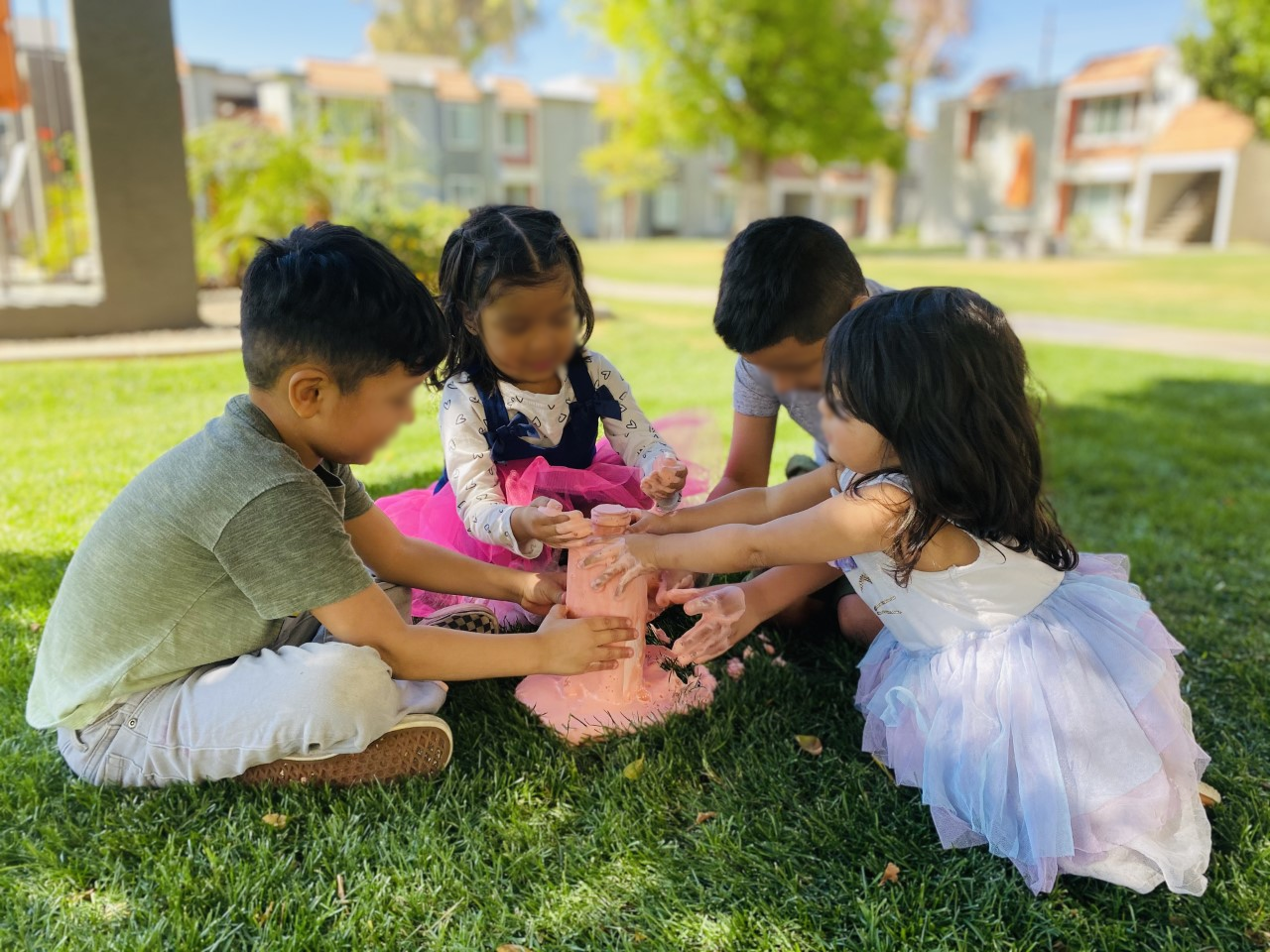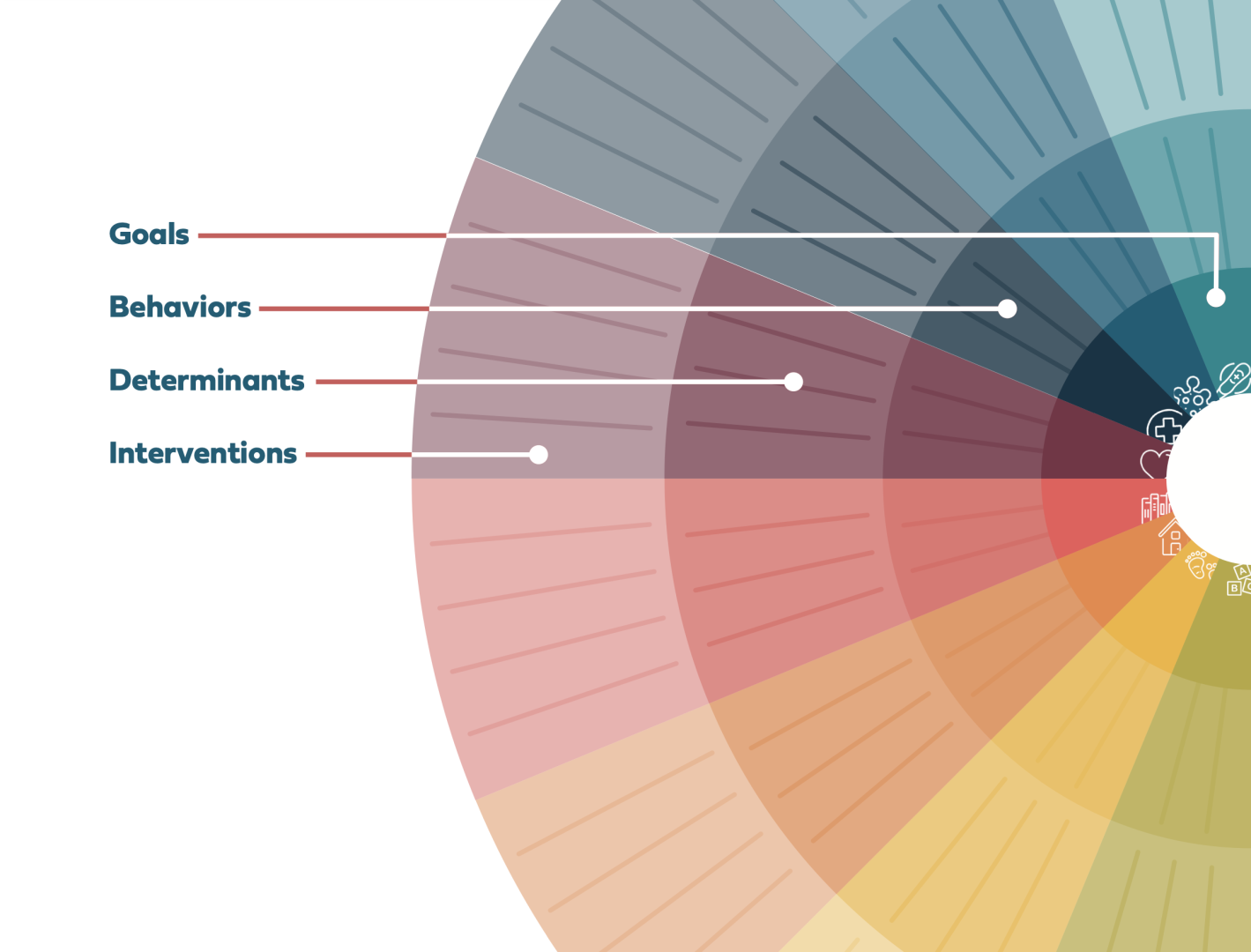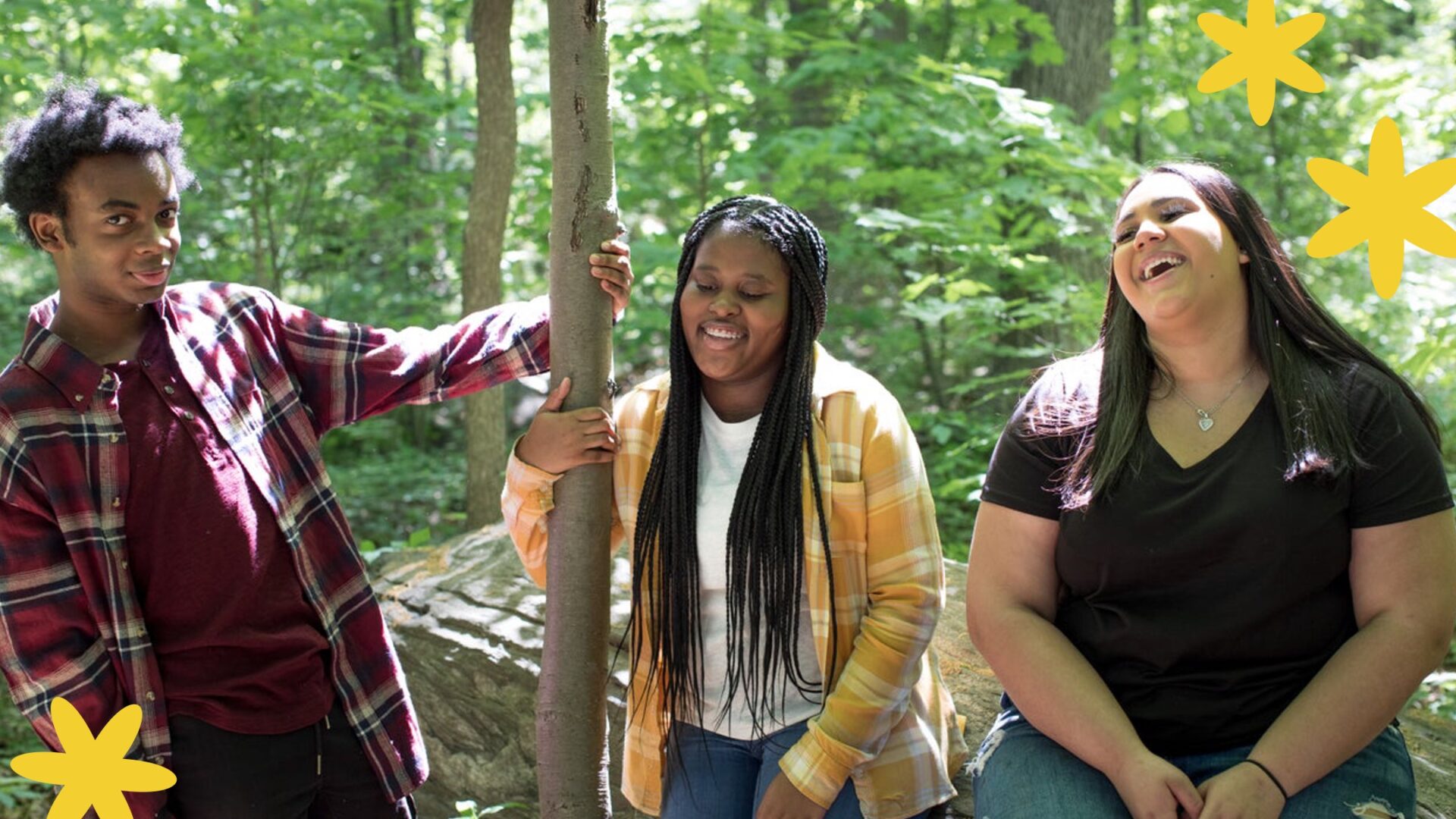How a post-Roe world affects youth in care: some general thoughts and suggestions for practitioners and researchers.
December 12, 2022
The United States has seen a dramatic reduction in the rates of both unintended pregnancy and childbearing among people of all races and ethnicities [1–2] . Researchers have attributed much of this reduction to an increase in the use of contraception [3]. Critical to the increased use of contraception is the availability of affordable, high-quality sexual and reproductive health care [3, 4]. However, some groups of young people in the U.S. have not experienced as dramatic a reduction in teen pregnancy and childbearing. In particular, young people in foster care continue to experience significantly higher rates of early pregnancy and parenthood than their peers in the general population [5, 6, 7, 8]. Several individual and system-level factors are likely to contribute to persistently high rates of teen pregnancy and childbearing among young people in foster care. These include less access to both sexual and reproductive healthcare services and information about contraception as well as fewer trusted adults with whom to discuss sensitive topics including sexual and reproductive health [9, 10, 11, 12].
As researchers who aim to improve the sexual and reproductive health of youth in foster care through their research, we are concerned about the impact that the Dobbs decision will have on their access to sexual and reproductive healthcare services.
The recent reversal of Roe v. Wade by the U.S. Supreme Court under the Dobbs v. Jackson Women’s Health decision will disproportionately impact already marginalized populations [13, 14, 15], including youth in foster care. As researchers who aim to improve the sexual and reproductive health of youth in foster care through their research, we are concerned about the impact that the Dobbs decision will have on their access to sexual and reproductive healthcare services. Below we discuss how youth in foster care are likely to be harmed by the end of the federal right to abortion and suggest action steps that practitioners, policy-makers, and researchers can take to reduce these adverse effects.
Systematically oppressed populations, including youth in foster care, will be disproportionately affected by abortion restrictions.
Many child welfare professionals understand the importance of youth in care having access to the full range of sexual and reproductive healthcare services. However, they are sometimes uncertain about their role in facilitating access to those services or even to information about sexual and reproductive healthcare [16]. From a reproductive justice perspective [17], barriers to equitable access to sexual and reproductive healthcare services are amplified by historic and systemic marginalization based on race/ethnicity, gender identity, class, immigration status, and age [18].
Youth in foster care have long faced barriers to accessing abortion services.
Only a few studies have looked at abortion rates among young people currently or formerly in foster care [19, 20, 21]. These studies have found that pregnancies among young people currently or formerly in foster care are less likely to end in abortion than pregnancies among adolescents in the general population. Although the reasons for this difference have not been studied, they probably include a lack of transportation, a lack of financial resources, and, in the case of minors, difficulty obtaining a guardian’s consent. Post-Dobbs, those barriers may be even greater, and in some states, abortion is no longer an option.
Abortion restrictions will further limit access to contraception, sexually transmitted infection (STI) testing and treatment, and other sexual and reproductive healthcare services among youth in foster care
Abortion restrictions will further limit access to contraception, sexually transmitted infection (STI) testing and treatment, and other sexual and reproductive healthcare services among youth in foster care.
In states where abortion is either banned or highly restricted, many clinics that provide abortion services have been forced to close [22]. As these closures continue to occur, already limited access that youth in foster care may have had to low or no-cost contraception, STI testing and treatment, and other sexual and reproductive healthcare services will be further limited [23–24].
Abortion restrictions will further limit bodily autonomy for youth in foster care
The end of Roe deprives young people with the capacity to become pregnant of their bodily autonomy. Given that many youth in foster care have experienced abuse or other traumas, and may already feel they have limited autonomy over basic life circumstances (e.g., where or with whom they live), additional threats to their bodily autonomy can adversely affect their emotional well-being.
Abortion pills may not be an option for youth in care.
Medication abortions (“abortion pills”) now account for more than half of all abortions in the U.S. [25] Unlike surgical procedures, medication abortions can be completed outside of a medical setting. The two-drug abortion pill combination (mifepristone followed by misoprostol) can be obtained from a clinic or through mail order. However, mail order abortion pills may not be an option for youth in care who are living in a foster home, the home of relatives, or a congregate care setting. Additionally, the cost of those pills is likely to be prohibitive for a young person in care.
Recommendations for Healthcare Providers:
- Primary care providers can help fill gaps in the availability of sexual and reproductive health services, especially in states that have banned or restricted access to abortion care.
- Youth in care should have an opportunity to speak privately (i.e., without their foster parent or other caregiver being present) with their healthcare provider to discuss their sexual and reproductive health, and those conversations should be confidential.
- Healthcare providers should initiate conversations with youth in care about their sexual and reproductive health. Conversation starters might include “Some youth start to have sex around this age. We are here to help connect you to information about birth control or STI testing if that is the case for you.”
- Healthcare providers should reach out to their county or state child welfare agency to let them know about the sexual and reproductive healthcare services they provide and how youth can be referred to those services.
Recommendations for Child Welfare Practitioners
- Child welfare practitioners can find out where the nearest Title X clinics (i.e., clinics that receive federal funding to provide family planning services) are located. You can search for Title X clinics here.
- Child welfare practitioners should know the age at which young people in their state can consent to contraceptive services, STI testing and treatment, and abortion care (in states where abortion is still legal).
- Child welfare practitioners should reach out to Title X clinics or public health departments for information about sexual and reproductive health education or training options for youth, caregivers, or practitioners in their area.
- Child welfare practitioners should familiarize themselves with online sexual and reproductive health resources for youth, caregivers, or practitioners. One option is Activate: The Collective to Bring Adolescent Sexual & Reproductive Health Research to Youth-Supporting Professionals.
Recommendations for Research
Abortion among youth in foster care has been understudied, even by researchers with a broader interest in sexual and reproductive health among this population. Future research should investigate potential changes in both birth rates and abortion rates among youth in foster care during the post-Dobbs era, barriers to and facilitators of access to abortion services, child welfare administrator and case worker experiences around youth seeking abortion care, and abortion decision-making among youth in foster care. These lines of inquiry will aid child welfare systems and other service providers in developing best practices for ensuring that youth in foster care have access to the full spectrum of sexual and reproductive healthcare services, including abortion.
Main authors on behalf of ReSHAPING (alphabetical order)
Liz Aparicio, Katie Massey Combs, Amy Dworsky, Kristen Ethier, Bryn King.
PHOTO CREDIT: Gayatri Malhotra on Unsplash








